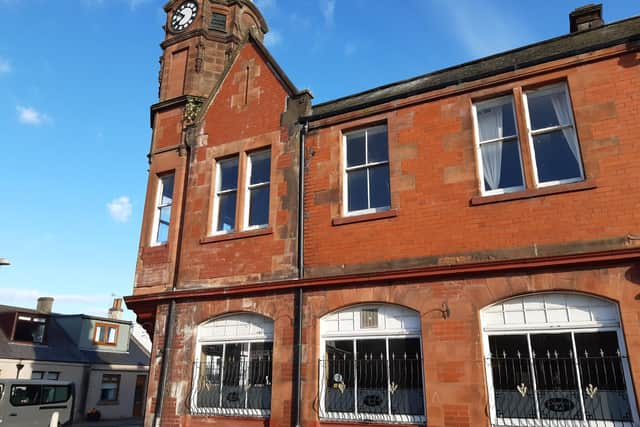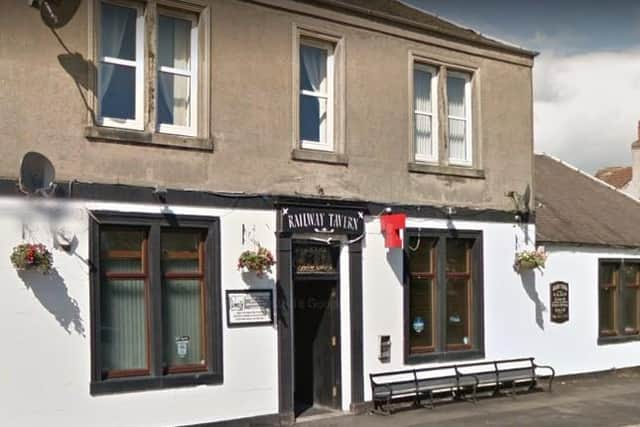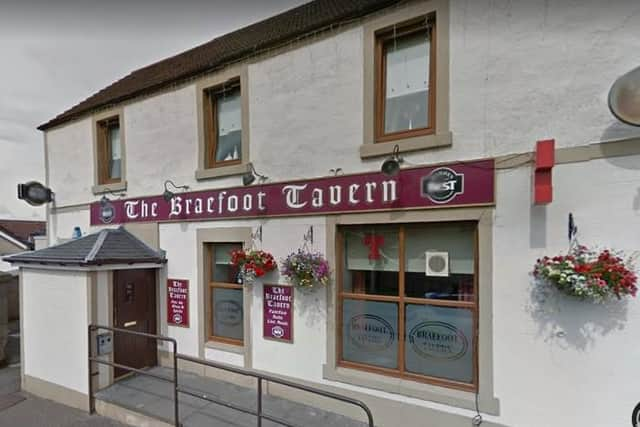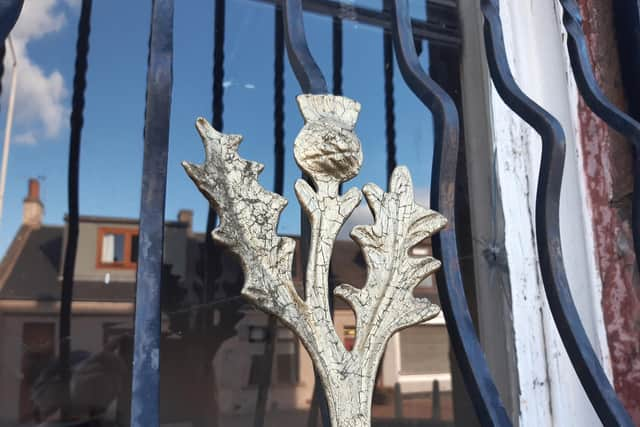Goth pubs: Community landmarks in Fife mining villages slowly disappearing
and live on Freeview channel 276
Goth pubs, once thriving community hubs across in mining communities, have all bit disappeared from the landscape.
A planning application lodged last month effectively marked the beginning of the end for the Braefoot Tavern in Kinglassie as its owners moved to turn it into a flat.
Advertisement
Hide AdAdvertisement
Hide AdIf it gets approval, it would leave just one Goth pub still operating in Newmills, west Fife.


Many of the buildings still stand, but their history has faded.
And yet, for generations, Goths were an integral part of their lives and communities.’
The Gothenburg, or Trust Public House movement, was created in Sweden in an attempt to control the consumption of alcohol in the early 19th century.
Advertisement
Hide AdAdvertisement
Hide AdThe trust set up to award licences and took 5% of the profits, with the remainder going to benefit the community.


The system quickly spread across Fife and the Lothians - predominantly in mining villages – from the end of the 19th into the 20th century.
George Stenhouse, from Kirkcaldy Civic Society said: “They were a huge thing at one stage.
“They were locally owned and rated very highly.”


The community ownership fundamental to Goth pubs meant they paid out to support local organisations with annual funding, so they were much more than just places for a pint after a tough shift at the coalface.
Advertisement
Hide AdAdvertisement
Hide AdFunction halls meant they were also the focal point for many events, securing their place at the very heart of the community they served.
“They may have had sawdust and spittoons, but there weren’t just drinking dens by any manner of means,” added George. “They were very well run establishments - that was hugely important - with traditional bar staff in formal uniforms.
“Some saw them as drinking dens for working men, but they were alternatives to the pubs and clubs in towns.”


Generations of Fifers will be able to reel off their names, and numbers.
Advertisement
Hide AdAdvertisement
Hide AdCardenden had three, and other villages were equally well served. Others could be fund in Kelty and Cowdenbeath to name but two locations.
“They worked very well in coalmining areas,” said George. “Once you got your pay packet, you had money for housekeeping and that left enough to have a few drinks.”
But, as people started to venture further afield for a night out, and mining jobs started to vanish, so the days of the Goth drew to a close.
Cardenden’s Number 1 Goth was relaunched as a social enterprise with support from the former Adam Smith College, the function hall was revamped and a computer suite added.
“It was a great idea, but it drifted away,” said George.
Advertisement
Hide AdAdvertisement
Hide AdIn the west, however, the Newmills Goth continues to thrive - its current owners marked six years at the helm last weekend with a free drink for regulars.
But they didn’t take off everywhere.
“I’ve seen references to a Goth at Whytehouse Mansions, but it is very difficult to trace,” said George. “They were mainly in villages where mining dominated - Kirkcaldy had pits but it also had linoleum and other industry.
“In villages mine owners ran so much - they owned the shops as well as the mines, so they paid the men with one hand then took it off them when they shopped locally.”
